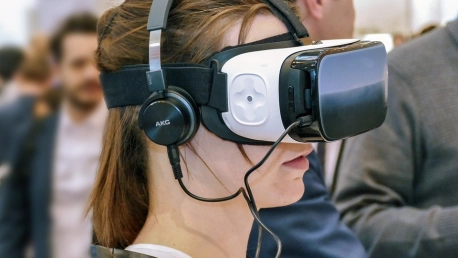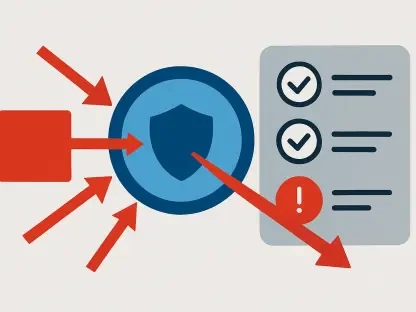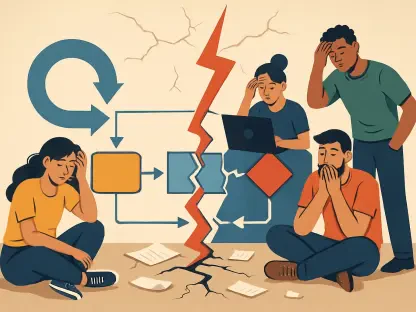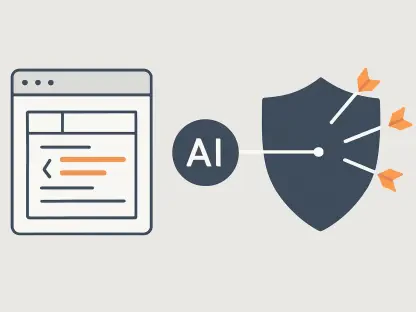A couple of years back, when virtual reality (VR) was still in its infancy, tech enthusiasts predicted that 2016 would be “the year of virtual reality”. And to some extent, they were right. But things have changed quite a bit since then. Despite the global VR market being expected to reach USD 48.5 billion by 2025, with sales going stronger than ever, a growing number of consumers have spoken their concerns; 25% to 40% said VR systems can make people sick. And while we’re not there yet, major corporations have begun looking for ways to integrate VR technology into the modern workplace. Which begs the question: is it too soon?
Any long-term effects?
The physical effects of VR were obvious from the start. So much so, that in 2003, when VR bigwig Jeremy Bailenson founded Stanford University’s Virtual Human Interaction Lab, he made sure two particular items were always present in the lab: “We had to keep a bucket in the lab and a mop nearby,” Bailenson says.
Today, after more than 15 years have passed, the bucket and the mop have been replaced by a strict 20-minute limit on headset time. “We have to understand not just the good but also the downsides of this technology. There are a lot of questions we need to answer,” Bailenson says.
But nausea and headaches aren’t the only physical downsides of this technology. One of the major health concerns involves eye strain. University of California, Berkeley optometry Professor Martin Banks says “there are a variety of potential issues, one is how we affect the growth of the eye, which can lead to myopia or nearsightedness”.
And there’s also the question of psychological consequences; how does spending extended periods of time within a VR simulation impact our brain? Science has yet to answer. However, in 2016, two philosophers hired by the European Commission to look at the ethical ramifications of virtual reality released “the first code of ethics for consumer VR”. The code, which was subsequently published the journal Frontiers in Robotics and AI, concluded that “behavior while in the virtual environment can have a lasting psychological impact after subjects return to the physical world.”
“The light comes from the screen, but the content might be behind the screen or in front of the screen,” says Marty Banks, a professor at the UC Berkeley School of Optometry. “For the most part, we think that if you take the headset off and go back to normal visual activity, that’s a good thing to do. The eye strain and headache will go away. Not instantly, but we’re on the lookout to see if there are any long-term consequences.”
What exactly causes these side effects?
When immersed in virtual reality, we interact with a world that seems far away but is in fact only a few centimeters from the eye, according to Walter Greenleaf, a behavioral neuroscientist who has studied VR in medical settings for over 30 years. Basically, every time you put your VR set on, you’re tricking your brain. Science calls it the “vergence-accommodation conflict“.
Here’s what actually happens: when you fixate or focus on something, your eye movement is the vergence. Accommodation takes place when the lenses inside your eyes focus light onto the retina at the back of the eye to make an object appear sharper. Very similar to using a magnifying glass to concentrate the sun’s rays onto an object. So, in real life, these two processes are interconnected—they happen involuntarily and simultaneously. In a headset, that connection is broken.
What can you do to minimize these unpleasant side effects?
Limit your exposure. Some manufacturers suggest a 10-15 minute break every half hour. But Marientina Gotsis, associate professor of research at the Interactive Media and Games Division of the University of Southern California, says there’s no science to support this argument.
“Most of what is on the market right now has little research behind it,” she says. “Cumulative exposure without us really knowing what is going on is an issue. A lot of content is not well-made, with a lot of flickering things and objects that come at you too fast or too close, and that can produce eye strain; if something is uncomfortable, just stop, take it off and stop looking at it” Gotsis warned. “Don’t feel trapped and mesmerized in the content. Just stop.”
The fact is, you should take that 15-minute break even if you don’t feel like you need it. Whether you suffer or not from pre-existing medical conditions that can impact your virtual experience (such as vision abnormalities or heart conditions), breaks come highly recommended. More so, manufacturers warn that some people can seize even without a history of blackouts, which is why they suggest remaining alert for any signals that can indicate a potential problem, such as involuntary muscle twitches and loss of balance.









